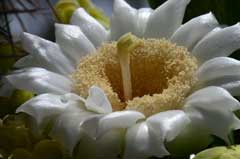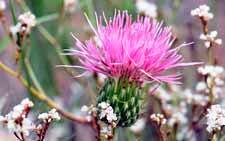Mimetanthe pilosa, False Monkeyflower
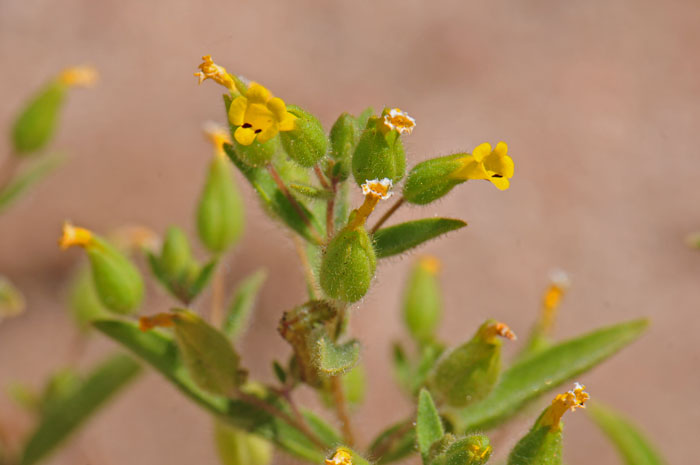
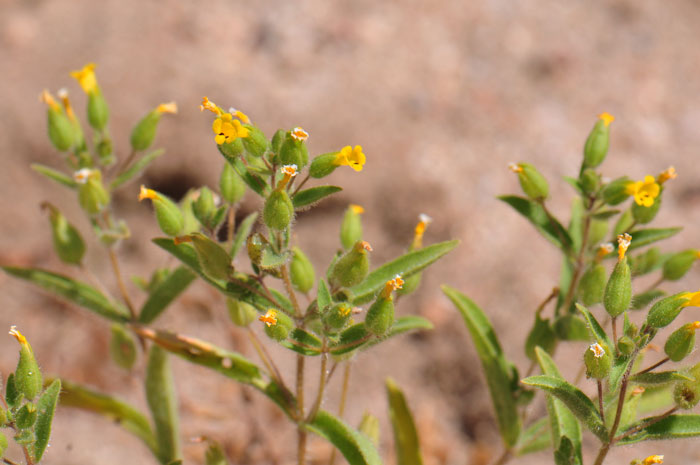
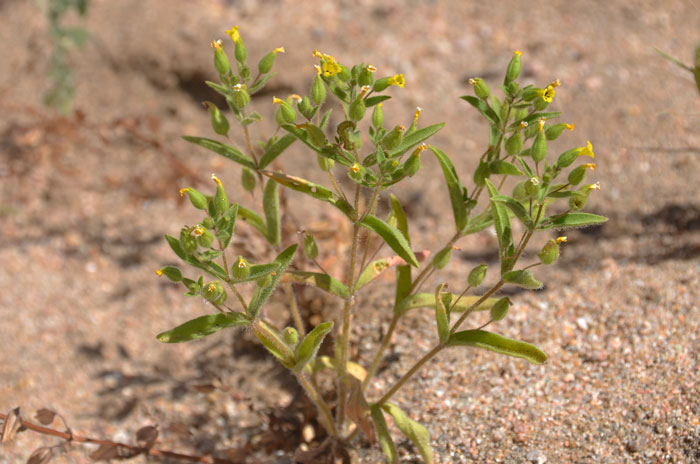
Scientific Name: Mimetanthe pilosa
Common Name: False Monkeyflower
Also Called: False Monkey-flower
Family: Scrophulariaceae, Figwort or Snapdragon Family - Moving to Phrymaceae
Synonyms: (Mimetanthe pilosa, Mimulus pilosus)
Status: Native
Duration: Annual
Size: Up to 12 inches more or less.
Growth Form: Forb/herb; plants with long dense wavy hairs.
Leaves: Green; about 1 inch long, lanceolate to oblong.
Flower Color: Yellow; flowers with ⅓ inch pedicels; calyx pubescent; corolla yellow.
Flowering Season: April to August in Arizona and California.
Elevation: 1,000 to 4,500 feet; up to 8,000 feet in California.
Habitat Preferences: Moist sandy soil along dry streams and disturbed areas.
Recorded Range: Mimetanthe pilosa is found approximately in the west ¼ of the United States in; AZ, CA, ID, NV, OR, UT, WA. It is also native to the northern ½ of Baja California. In Arizona it is found in the central, south and northwest parts of the state.
North America & US County Distribution Map for Mimetanthe pilosa.
U.S. Weed Information: No information available.
Invasive/Noxious Weed Information: No information available.
Wetland Indicator: In North America Mimetanthe pilosa has the following wetland designations: Arid West, FACW; Western Mountains, Valleys, and Coast FACW.
FACW = Facultative Wetland, usually occur in wetlands, but may occur in non-wetlands.
Threatened/Endangered Information: No information available.
In all of the Southwestern United States there is 1 species of Mimetanthe. All data is approximate and subject to taxonomic changes.
Comments: The common name, False Monkeyflower is a reference to its similar look to Seep Monkeyflower, Mimulus guttatus. The genus is monotypic with just 1 species.
